Bun Cha: Hanoi’s Grilled Pork with Vermicelli Noodles – A Must-Try Dish
Hanoi, where it first emerged, Bun Cha is among the most beloved meals in Vietnamese cuisine. Both residents and visitors have fallen in love with this delectable mix of grilled pork and vermicelli noodles on taste senses. Let MOTOGO Tours explore the world of this meal to find its rich background, ingredients, and unusual cooking technique.
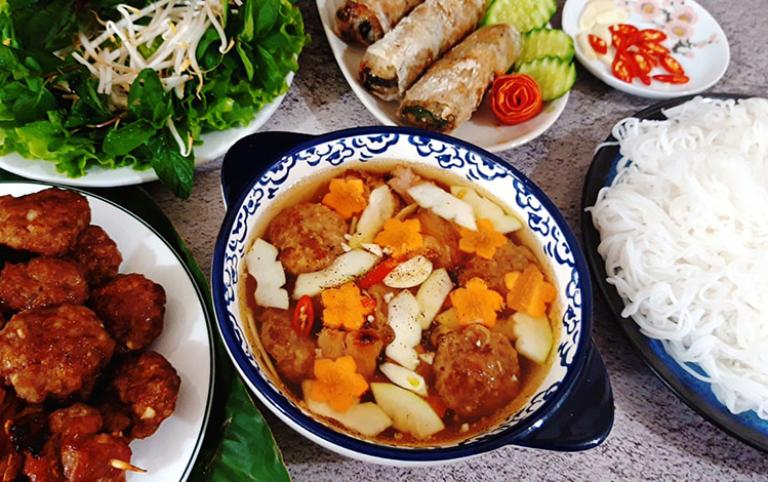
What is Bun Cha?
Popular Vietnamese cuisine Bun Cha calls for grilled pork, vermicelli noodles, and a tart dipping sauce. Simple but delicious, this dinner has become somewhat well-known both in Vietnam and abroad. Together with the fresh herbs and vegetables, the mix of sweet, salty, and acidic tastes makes bun cha a quite fulfilling experience.
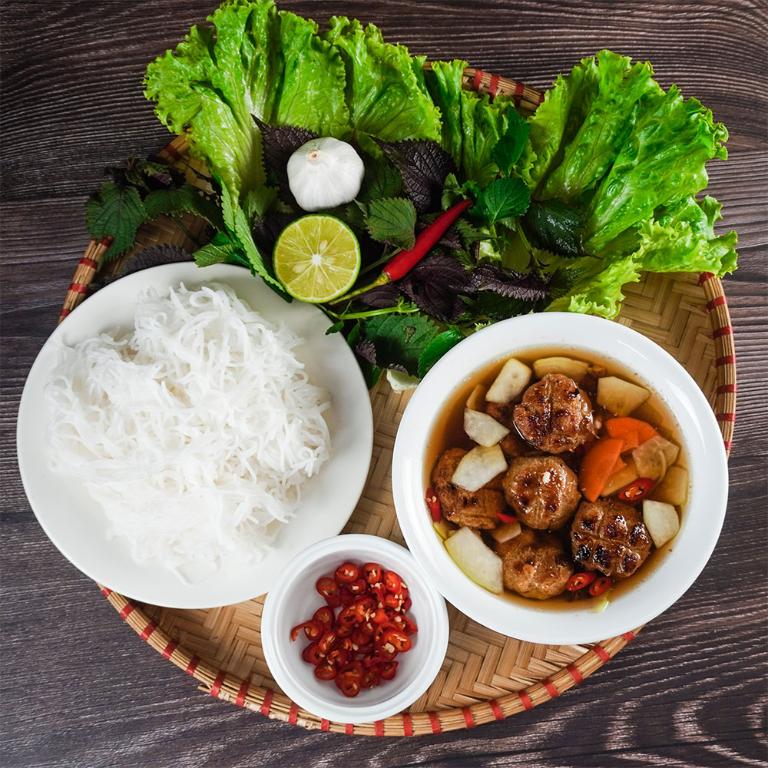
Bun Cha started in the 36 streets of Hanoi. For millennia, the northern parts of Vietnam have relied mostly on this famous meal. It reflects the harmony of tastes Vietnamese cuisine is renowned for—sweet, salty, smokey, fresh all at once. Its simple yet delicious technique clearly shows northern influence. Hanoi, the capital of Vietnam, has long been a melting pot of cuisines; Bun Cha is the outcome of that junction of history and creativity.
Bun Cha has developed from a street food staple over years into a meal found at upscale restaurants and one of must-try dishes in Hanoi. Both residents and visitors came to adore the grilled pork’s savory, smoky taste as well as the freshness of the herbs and vermicelli noodles. Though it is now eaten all throughout Vietnam, this meal is still absolutely connected to the streets and culture of Hanoi.
>>> Let’s see more: Pho (Vietnamese Noodle Soup): A Flavorful Journey Through Vietnamese Cuisine
Ingredients of Bun Cha
Made primarily of four major ingredients that harmonize flavors and textures, Bun Cha is a basic but colorful dish. Every component contributes in a different way to create the whole taste of the dish. Let us dissect this dish’s key elements in great detail:
Grilled Pork (Cha)
The core of Bun Cha is the grilled pork, and it’s what gives the meal its rich, smokey flavor. This dish calls for two kinds of pork:
- Pork Belly (Cha Ba Roi): Thin slices of pork belly, known as Cha Ba Roi, are marinated and grilled till their outside becomes crispy and their inside becomes juicy, tender. Grilling the pork belly melts its fat, giving the meal a rich, savory taste.
- Pork Patties (Cha Vien): Cha Vien, pork patties after seasoned with fish sauce, sugar, garlic, and shallots, ground pork is formed into little patties. These patties have a luscious texture and a faint sear from being roasted over charcoal as well. Because you receive the opposing textures of crispy pork belly and soft, delicious patties, the combo of the pig belly and pork patties gives the meal variation and complexity.
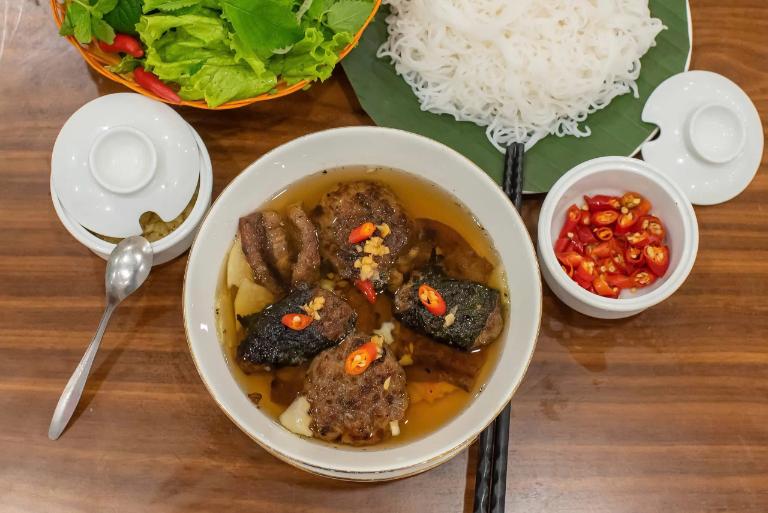
Fish sauce, sugar, garlic, and shallots—which not only accentuate the natural flavor of the meat but also provide that distinctive Vietnamese taste—are usually components of the marinade for both kinds of pork. Here, the grilling process is vital since the charcoal gives the meat a smoky scent that enhances the meal to another degree.
Vermicelli Noodles (Bun)
The second necessary component for Bun Cha is bun—soft, thin vermicelli noodles. Light, somewhat chewy, these rice noodles are ideal for soaking up the tastes of the grilled pork and dipping sauce. Their chilly or room temperature presentation offers a cool counterpoint to the heated, smoky pork.
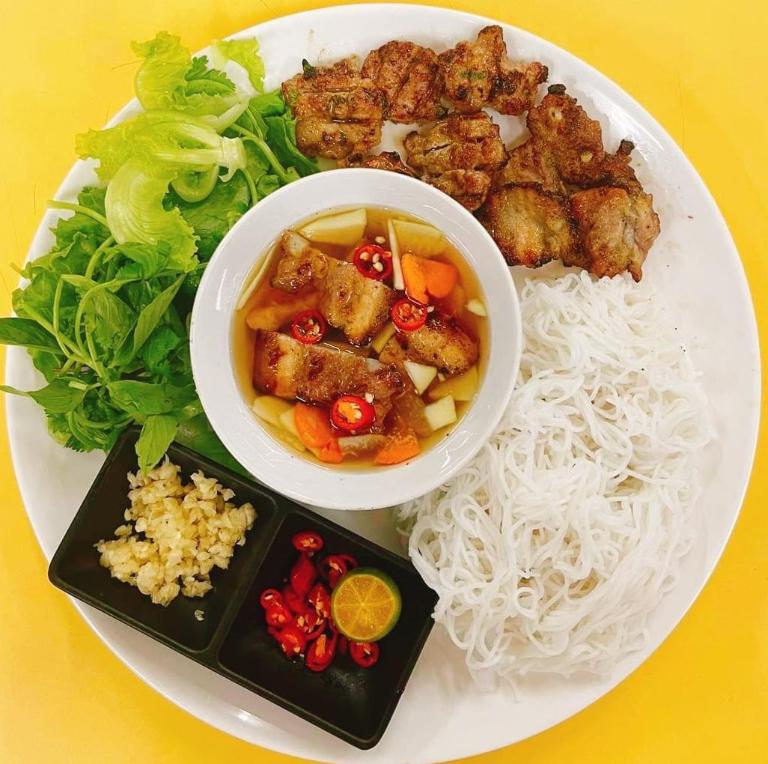
Though their taste is somewhat neutral, the vermicelli noodles are absolutely essential for counteracting the strong pig flavors. Together with the dipping sauce and herbs, the noodles serve as a vehicle to bring Bun Cha’s whole flavor range to every mouthful.
Dipping Sauce
Bun Cha’s nuoc cham, or dipping sauce, is maybe its most crucial component. This sauce is the glue holding all the components together and the one turning the meal from good to remarkable. Fish sauce, lime juice, sugar, garlic, and chile together makes nuoc cham. To create balance and texture, certain variations could additionally call for shredded carrots or green papaya.

Perfect harmony among the sweet, sour, salty, and spicy tastes of the sauce enhances every mouthful of grilled pork and vermicelli noodles. Every time you dip a slice of pork into the sauce, it absorbs the sour, savory taste and generates a taste explosion. The sauce’s component balance is vital; it cannot be overly sweet or salted. The perfect nuoc cham has exactly the correct spice from the chili and is light and reviving.
Fresh Herbs and Vegetables
A pillar of Vietnamese cuisine, fresh herbs abound in Bun Cha as well. The dish is usually presented on a big platter of fresh herbs and vegetables, which you toss into the meal as you eat. These herbs not only provide freshness but also accentuate the thick, flavorful pork really brilliantly. Among the often used herbs and vegetables included with Bun Cha are:
- Cilantro: Adds a burst of freshness and citrus-like flavor.
- Mint: Provides a cooling, aromatic note that cuts through the richness of the pork.
- Perilla Leaves: A slightly bitter herb with a unique flavor, often used to add depth to the dish.
- Lettuce: Crisp and refreshing, it adds texture and provides a mild, slightly sweet taste.
- Cucumber: Sliced cucumber adds a crunchy and refreshing element, balancing out the fattiness of the pork.
- Pickled Vegetables: Some versions of Bun Cha are served with pickled carrots and green papaya, adding a tangy and crisp texture that complements the grilled pork.
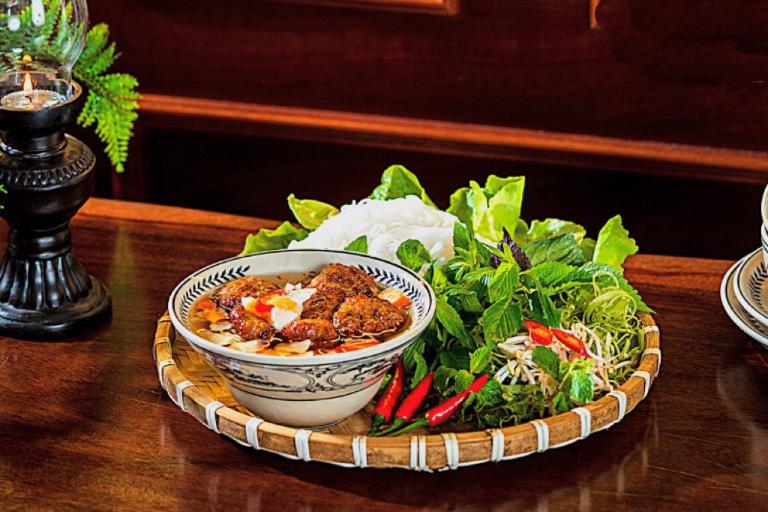
These fresh herbs and vegetables not only liven the food but also are rather important for balancing the tastes. Bun Cha is a well-rounded and tasty dinner since they offer a clear, clean taste that complements the smoky, savory pork and the acidic dipping sauce.
>>> Let’s see more: Vegetarian Dishes in Hanoi: Discover the Best Plant-Based Dishes
How Bun Cha is Prepared
Especially with regard to frying the pork and matching the tastes of the dipping sauce, Bun Cha is a painstaking process requiring great attention to detail. Bun Cha is special not just in terms of the individual elements but also in terms of their cooking and combining techniques. Let’s dissect the main components in creating this popular Vietnamese meal.
The Grilling Process
Bun Cha’s grilled pork is its soul and heart; its unique smokey taste comes from the grilling method. Traditionally, the pig is grilled over a charcoal fire, which gives it a rich, smoky aroma you just cannot reproduce with other cooking techniques.
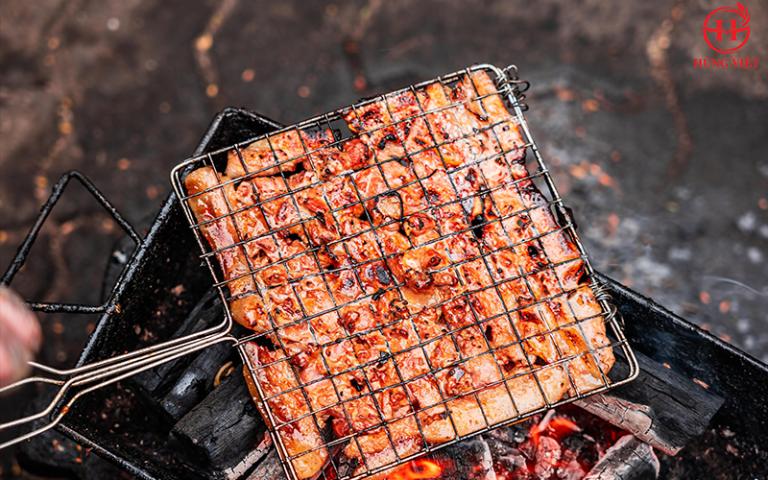
Usually, the pork is made ground meat shaped into little patties or thinly sliced pig bellies. Both soak in a concoction of fish sauce, sugar, garlic, onions, and occasionally lemongrass. The pig is marinated, then cooked over hot coals either skewered or on a wire rack. The secret is to cook the pork till it’s still juicy and soft on the inside yet slightly charred and caramelized on the outside. Bun Cha distinguishes itself from other Vietnamese cuisine by using the charcoal grill, which provides its seductive, smokey taste.
Creating the Perfect Dipping Sauce
Still another essential ingredient in Bun Cha is the dipping sauce. This sauce gives the dish’s components a pleasing contrast to the smoky pork and links all the ingredients together. Made from a foundation of fish sauce combined with lime juice, sugar, garlic, and chile, the sauce is a delicate balance of sweet, sour, and salted tastes. For more texture and sweetness, some varieties might additionally call for shredded carrots and green papaya.
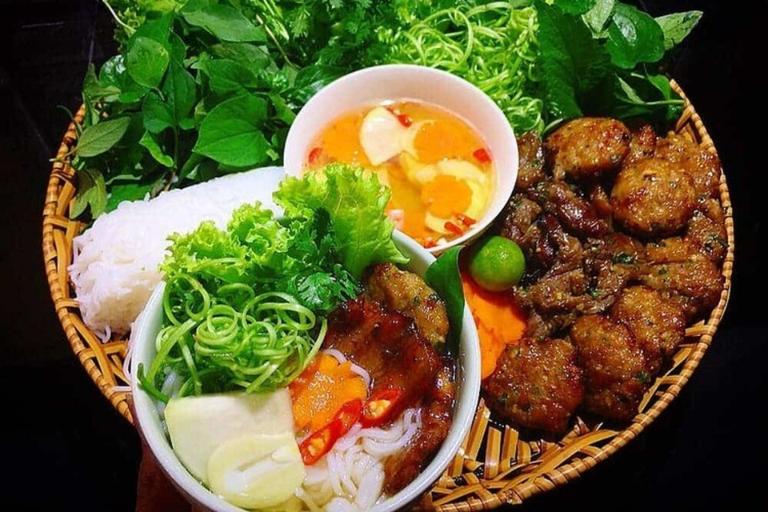
Preparing the Vermicelli Noodles and Herbs
The stars are the pork and dipping sauce; fresh herbs and vermicelli noodles play crucial supporting roles. Usually pre-boiled and then chilled, the noodles are soft and somewhat chewy. Serving room temperature, they complement the hot, freshly grilled pork really beautifully.
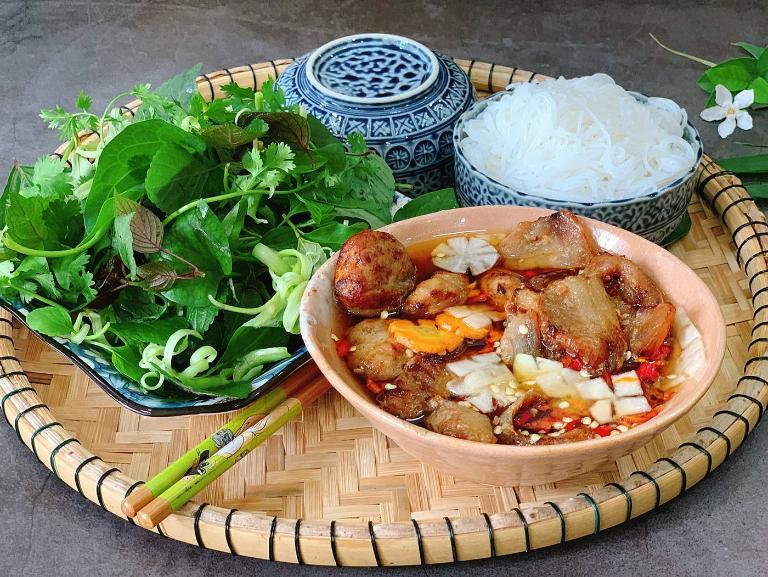
Usually a combination of cilantro, mint, and perilla leaves, the fresh herbs accentuate the richness of the meat by their refreshing, aromatic quality. Apart from the herbs, pickled vegetables such as green papaya or carrots are also used to provide the meal some crunch and a subdued sweetness.
The Final Assembly
Usually presented in a deconstructed manner once all the ingredients are ready, Bun Cha lets customers build each bite anyway they like. Little bowls of nuoc cham with the vermicelli noodles, fresh herbs, and pickled veggies on the side surround the grilled pork. You bite a little pork, dip it in the sauce, then toss it with noodles, herbs, and vegetables. The outcome is a mouthful of rather different tastes and textures: the fresh crispness of the veggies, the gratifying chewiness of the noodles, the smokey richness of the pork, and the acidic sweetness of the dipping sauce.
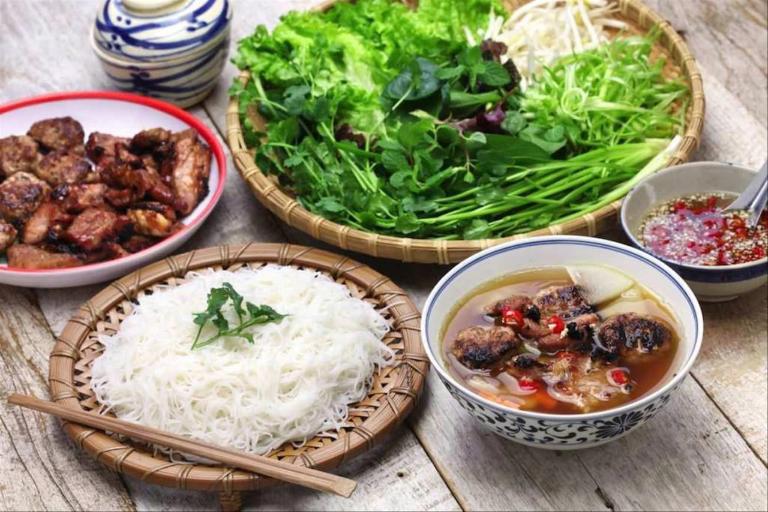
Where to Find the Best Bun Cha in Hanoi
Should you find yourself in Hanoi, the birthplace of Bun Cha, you will be treated quite nicely. There are plenty of venues to savor this local staple, and every one of them presents a different spin on the traditional cuisine. And to enhance your cuisine experience, guided tours are available like Hanoi Food Tour of Motorbike Tours, providing the greatest locations to enjoy this famous cuisine.
Bun Cha Huong Lien
Bun Cha Huong Lien, sometimes known as Obama Bun Cha, is maybe the most well-known Bun Cha site in all of Hanoi. When U.S. President Barack Obama ate at modest, understated restaurant with Anthony Bourdain in 2016, it became rather well-known worldwide. This Old Quarter location, which is both local and visitor must-visited, has grown to be The restaurant is basic, with no-frills seating, yet the Bun Cha served here is regularly hailed for its tasty grilled pork and precisely balanced dipping sauce. Naturally, the primary attraction is sitting where a previous president ate, but the cuisine speaks for itself.
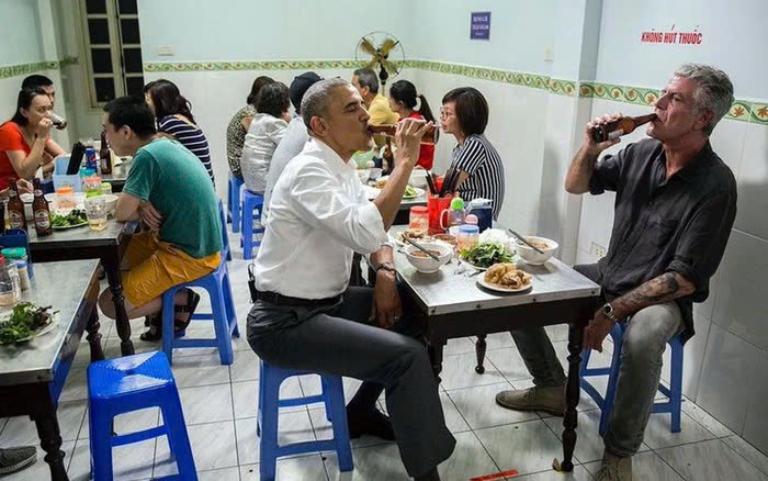
Bun Cha Dac Kim
Another storied location for this cuisine is Bun Cha Dac Kim in the busy Old Quarter of Hanoi. Long a mainstay of Hanoi’s gastronomic scene, Dac Kim is well-known for its big quantities and expertly grilled pork. Here the pig patties are big, meaty, and presented alongside a plenty of fresh herbs and vermicelli noodles. Dac Kim distinguishes itself with its rich, smokey pork, which is charcoal-grilled. Locals abound in the restaurant, a monument to its quality and appeal.
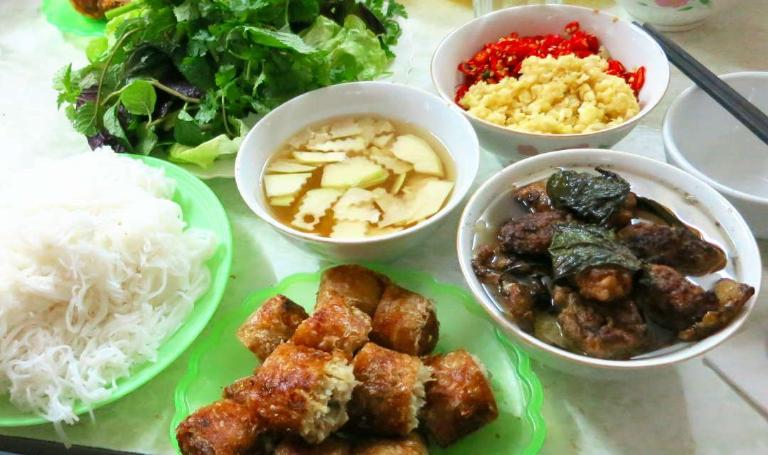
Bun Cha Ta Hanoi
Bun Cha Ta is a great choice if you want a rather more modern interpretation of traditional cuisine. This restaurant, which is in the Hoan Kiem area, delivers classic tastes yet presents a more sophisticated dining experience. Here the grilled pork is tender and delicious, and the dipping sauce is precisely sour to sweet ratio. First-time visitors to Hanoi would find this excellent place since the portions are big and the service is renowned for being polite and inviting. To complement your Bun Cha for a whole dinner, Ta also provides a set menu with Nem Ran, fried spring rolls.
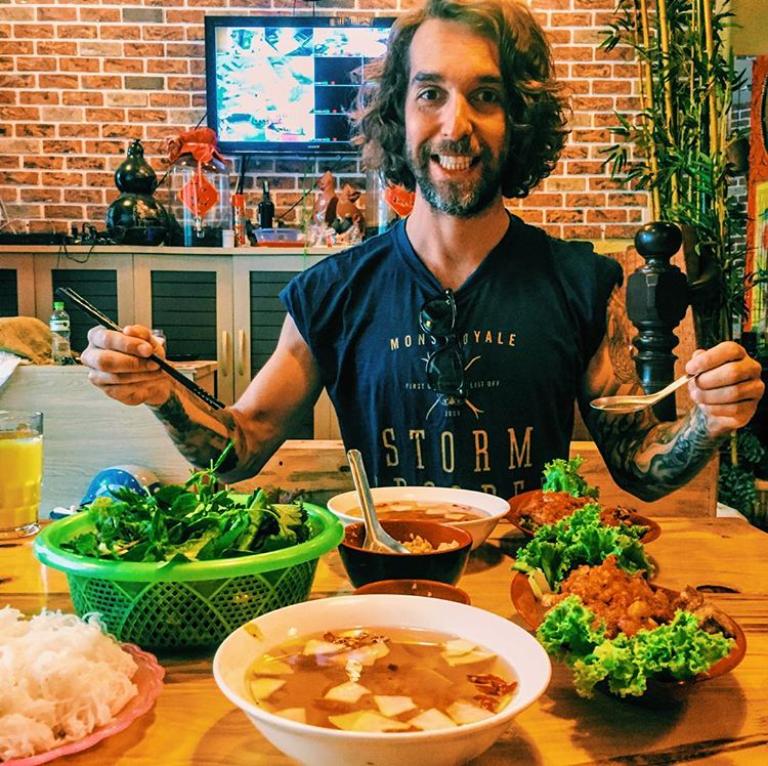
Street-Side Vendors
Although Huong Lien and Dac Kim have great Bun Cha, some of the best encounters come from street-side vendors. Hanoi has these booths distributed all throughout the West Lake area and especially in the Old Quarter. Search for little, family-run booths where the pork is cooking over charcoal out front with a grill. An integral component of Hanoi’s street food scene is sitting on a little plastic stool surrounded by people while enjoying a warm bowl of Bun Cha.
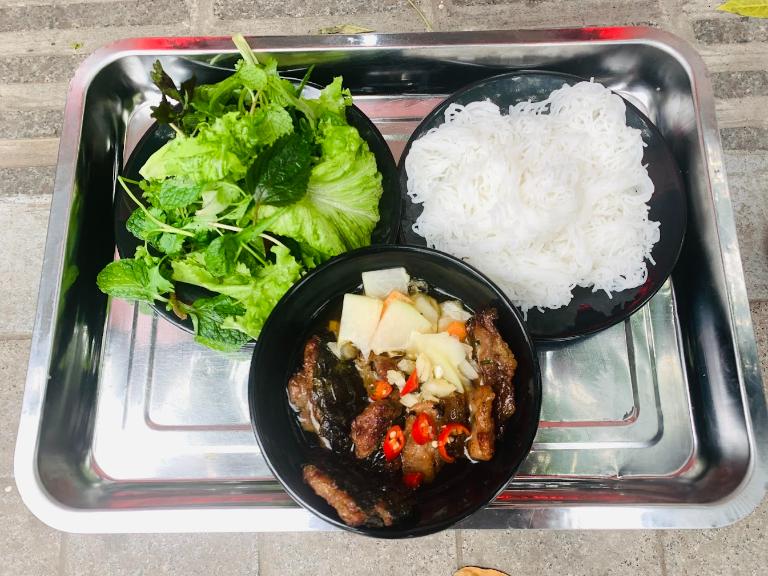
Bun Cha Cua Dong
Bun Cha Cua Dong, another secret treasure enjoyed by residents and visitors, is tucked away on a peaceful street of the Old Quarter. Renowned for its fresh cuisine and mouthwatering pork, this restaurant has developed a reputation for presenting some of the best Bun Cha in Hanoi. The modest and usually packed eatery adds to its appeal. Rich, smoky taste comes from the well marinated grilled pork here that is roasted just right. This is a great option if you wish a less touristy experience.

Bun Cha celebrates flavors, textures, and culture—not only grilled pork and noodles. Every component of it tells a tale, from the crisp crunch of the herbs and the sweet-sour taste of the dipping sauce to the smoky scent of the pork. This dish is a meal that makes a lasting impression whether you’re cooking it at home or at a busy street stall.
Related Posts:








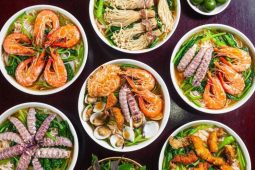

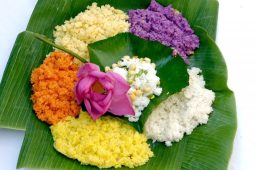
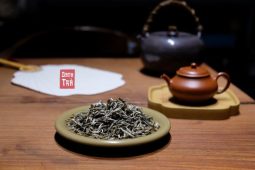
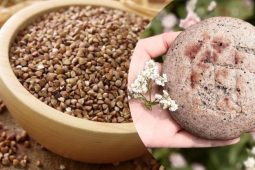
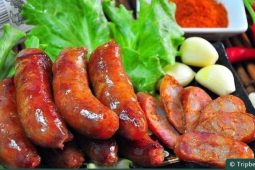
Be the first to comment!